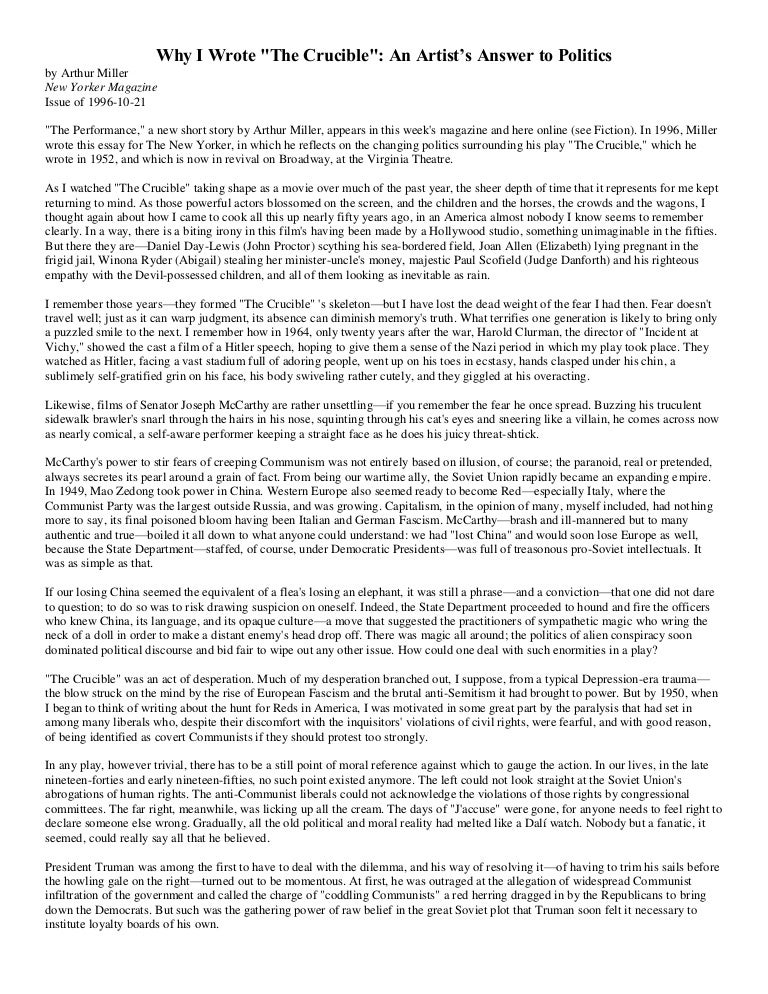

“And the shock of discovering that her husband was not educated - and could not read - became quite a big issue.” “Gussie was highly sophisticated, well-read and had cultural aspirations,” says Lahr.

Gussie, meanwhile, grew angrier and more resentful. The family’s sudden fall in social status saw Isidore lose his confidence and withdraw from his own family and life more generally. “And this is really central to Miller’s biography.” Isidore understood numbers but not letters: he could neither read nor write - a subject Miller explored in numerous plays, including “After the Fall.” Isidore’s lack of information and curiosity about a world beyond his business limited their social circle to relatives and philistine clients whom Gussie disdained. He notes that except for movies and theater, Isidore and Gussie had little common currency for intellectual exchange.

Lahr spends considerable time and ink in his book exploring the rather odd relationship Miller’s parents shared. “That character’s dejected soul was the first sighting of what would become Willy Loman particular terror goes to the core of American individualism, in which the value of the self is hopelessly tangled with the question of wealth.” “In that moment Miller felt the power shift from his father to him,” says Lahr. Miller was 16 and walking to high school with his father, who was so broke that he asked his son for a quarter to take the subway back into Manhattan. The biographer recalls a moment from Miller’s adolescence, which in many ways shaped his future life as a writer. (Courtesy of Yale University Press/ Jewish Lives Series) ‘Arthur Miller: American Witness,’ by John Lahr.

Set in late 1940s Brooklyn, the two-act tragedy tells the story of Willy Loman, a nervous traveling salesman in despair with a mediocre life that has failed to match his ambitious expectations. When it first opened on Broadway in 1949, “Death of a Salesman” ran for 742 performances straight and won numerous prizes, including the Pulitzer Prize, the New York Drama Critics’ Circle Award and the Tony for Best Play. “When we first entered the small cabin, Miller pointed to his desk, where he had sat down 50 years earlier and wrote the first act of ‘Death of a Salesman’ in eight hours,” Lahr tells The Times of Israel from his home in London. Miller was then 83 years old and brought Lahr to his writing studio in Roxbury, Connecticut. People who succeed are loved because they exude some magical formula for fending off death,” says Lahr, who was The New Yorker’s chief drama critic from 1992 to 2013. “I remember Miller told me: The whole idea of people failing is that they can no longer be loved. John Lahr is recalling an afternoon he spent with American playwright Arthur Miller in December 1998.


 0 kommentar(er)
0 kommentar(er)
